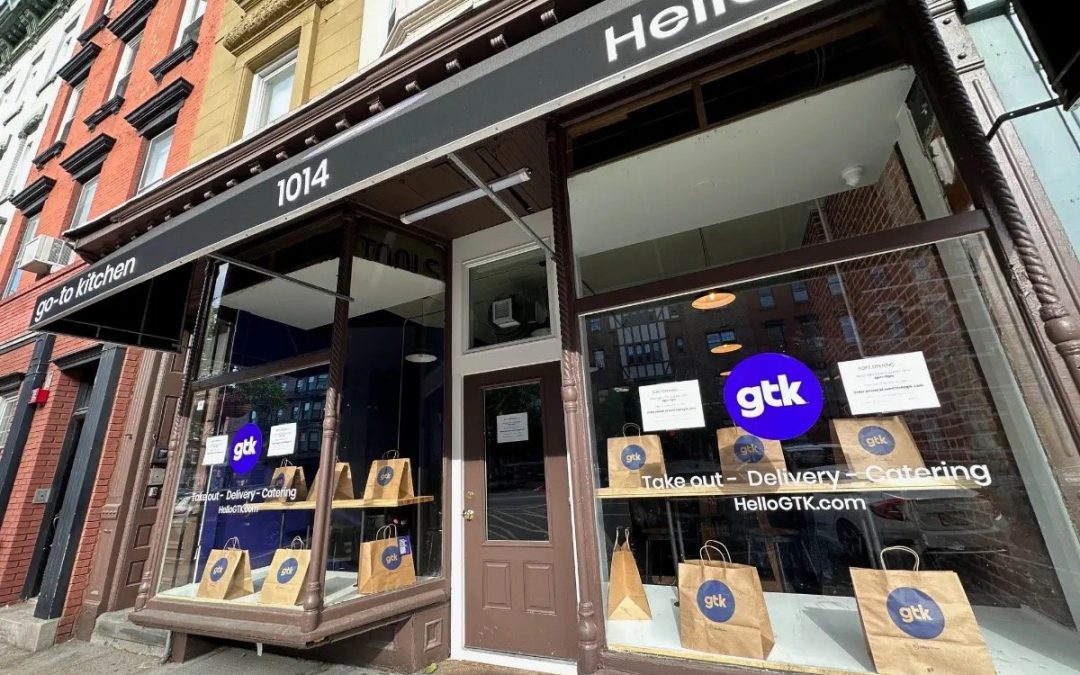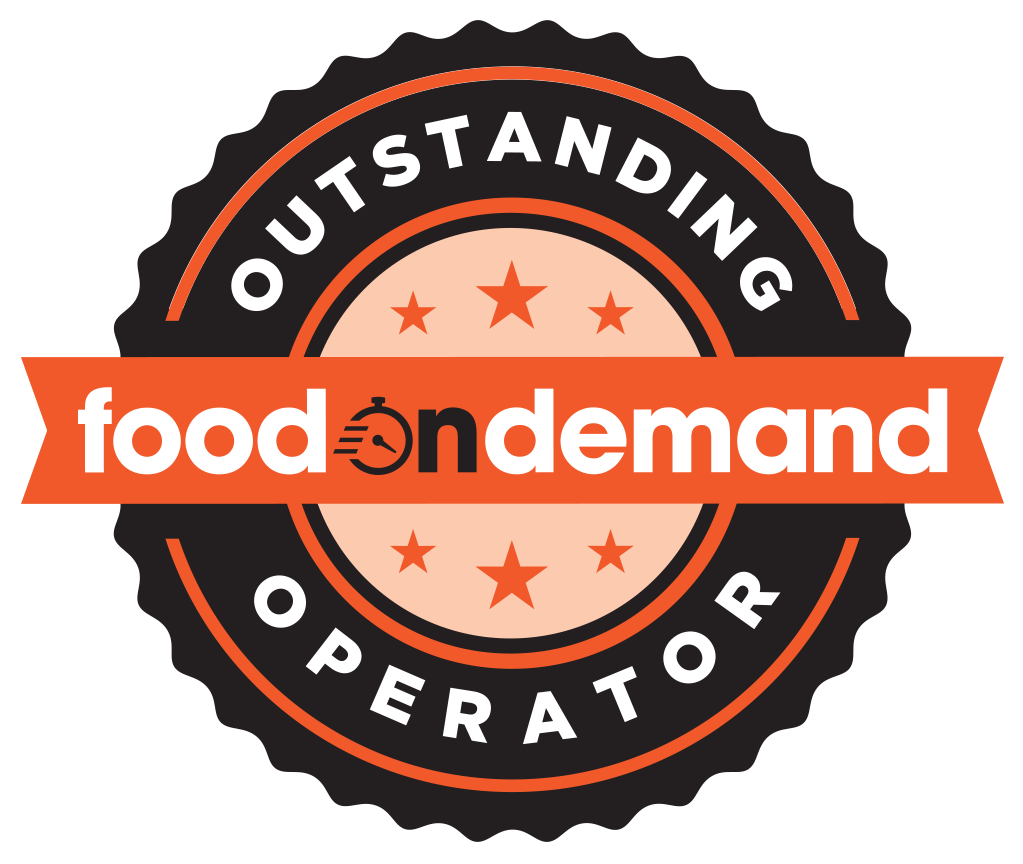Food On Demand is recognizing gtk (ghost truck kitchen) as an Outstanding Operator.
In 2017, Andrew Martino, the founder and CEO of gtk, recognized a gap in the restaurant space. At the time, delivery food and takeout options hadn’t evolved much beyond Chinese food and pizza—and there wasn’t much focus on delivery. This led him to think about the future of restaurants.
“I had just moved to New York from San Diego, where there’s a huge food truck scene, and I wanted to bring that kind of food truck culture to takeout and delivery. So, I came up with the idea of creating a digital food truck festival, where we’d have all these little miniature food-truck concepts,” Martino recalled. This was where the name “ghost truck” came from.
The vision was clear: create a model that optimized food for delivery and takeout, offering various food choices in a one-stop shop.

Andrew Martino, Founder, CEO of gtk.
In 2019, the first gtk opened, with chefs cooking a multitude of concepts on a single line. Customers can order across all brands in one transaction.
“Everything is made from scratch. We have a unique kitchen system with cross-product utilization,” Martino explained.
Then, a year after opening, the pandemic hit, but Martino was ahead of the game.
“Everybody would come to me and be like, ‘Oh man, the pandemic must have been great for your business,’” Andrew said. He admits he was terrified. “Suddenly, the entire world cared about takeout and delivery, and all of a sudden, every single operator was thinking about this niche.”
Success was on the horizon. “Word of mouth kept growing our business, and we were able to attract a single outside investor who helped us expand to another location.” gtk now has two locations in Hoboken and Jersey City.
Menu innovation
Unlike other food delivery models that rely on third-party virtual brands, gtk has always created its own concepts. “We made a decision very early on that we only wanted to create our own food and our own brands,” he said.
The hubs deploy about 20 concepts, typically 10 to 12 at a time, rotating them seasonally or via customer demand.
A main focus is filling gaps in the local food scene. It created a coconut curry bowl because there weren’t great Thai food options in the area. That quickly became one of its best-selling dishes. Other offerings include burritos, empanadas, fried rice bowls, and more.
Delivery control
For delivery, gtk uses a hybrid-delivery model, using a local courier company for its direct orders while leveraging third-party delivery services like DoorDash or Uber Eats for farther-away deliveries.
“We’ve done a good job of maintaining a balance,” Martino said. “Not every product we have is listed on third-party platforms. If the margins don’t work, we do have a slight bump in pricing on third-party services. We don’t ask the customer to eat the entire commission, but we’ve found a nice sweet spot where we’re still making some money.”
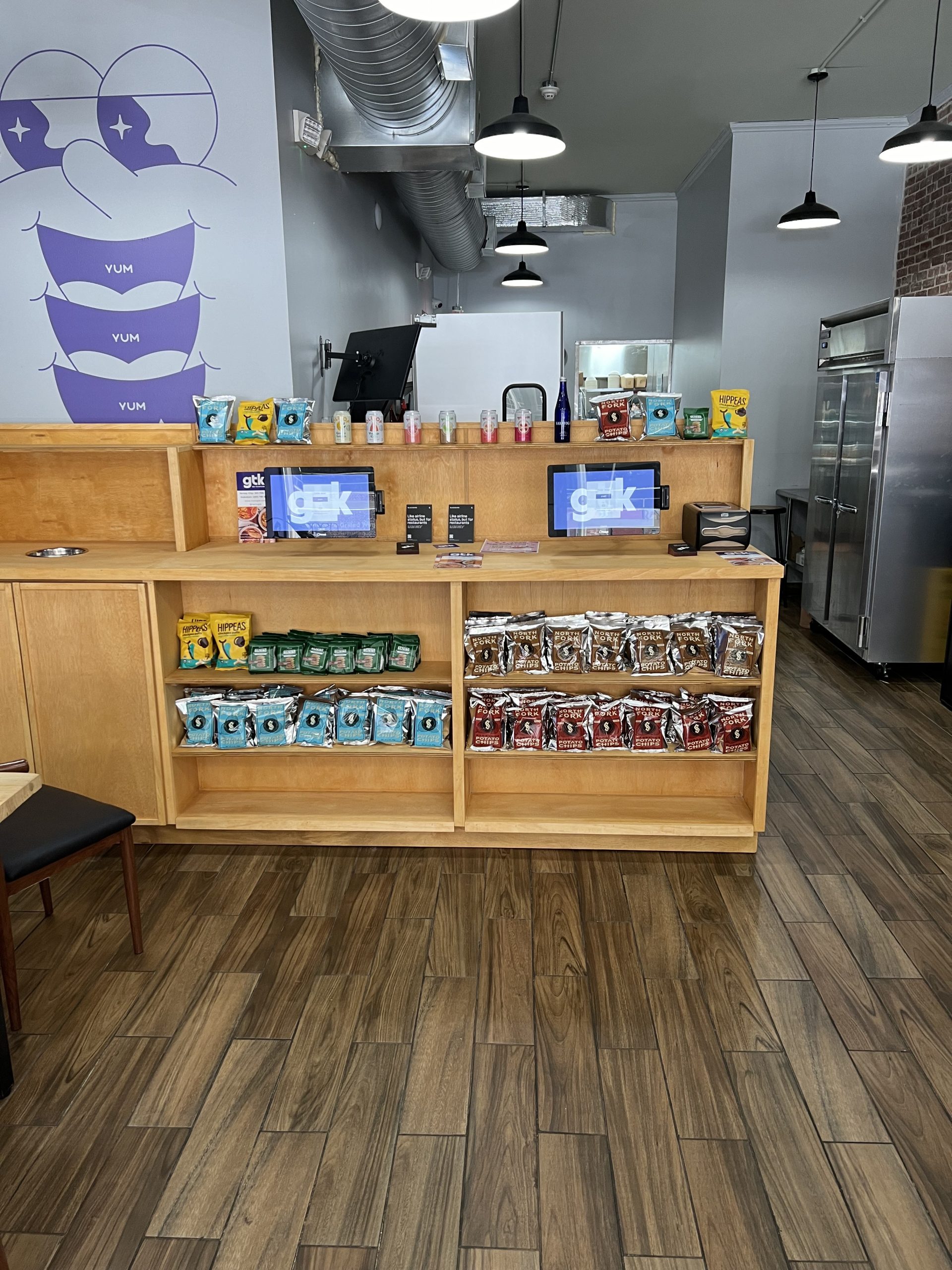 On quality, it comes down to thoughtfulness. “We make sure to have good communication between our front and back-of-the-house.”
On quality, it comes down to thoughtfulness. “We make sure to have good communication between our front and back-of-the-house.”
And testing. “We create food items, package them, put them in a bag, and don’t touch them for 30 minutes to test how they hold up.”
They’ve also seen success with its group ordering and catering. And it is a certified green business. “We don’t use single-use plastic, all packaging is compostable.”
Leveraging technology
Customer data is crucial. For years, the company worked with Bikky for a customer data platform. During the past few years, it began building its own.
Data collection focuses on customer behavior, such as frequency, spending habits, and repeat orders.
“We’re not just looking for your email or telephone number. We want to understand things like, what makes people return…What makes them not return?” said Martino.
This has led to more tailored campaigns, like SMS promotions for customer preferences. Martino explains it might offer a 50 percent discount on a bowl to customers who typically order wraps for lunch, testing whether such targeted incentives can shift purchasing habits. “We continue to learn and experiment with new strategies to see what works,” he said.
Martino is also excited about the onset of AI. “We’ve started to train our own agent, feeding in all our standard operating procedures, our own voice and training materials…it can come up with good tests and handle some marketing campaigns for us. We also do some image generation that makes sense for our brand.”
He adds, “It used to take me hours to plan out certain caterings because of table sizes, or the size of containers we need. Now we can plug that into the agent.”
Community engagement is a top priority.
“As great as technology is, sometimes the nitty-gritty, work—like handing out flyers or supporting local events—makes a huge difference,” he said. “Getting involved in your community, being passionate about your food and customers—those are the things that truly drive a business like ours. As we scale, we want to make sure that we never lose sight of the things that make our business special: creating amazing food, being part of the local community, and making sure our customers feel valued.”
The Outstanding Operators Program highlights 20 innovative brands taking creative paths to success with all things off-premises. Each winner receives a $1,000 charitable donation to its organization of choice and will be recognized on-stage at the 2025 Food On Demand Conference. Register today!
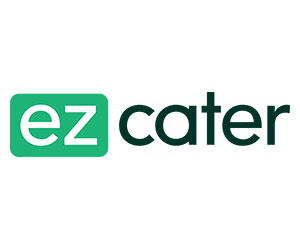 |
 |
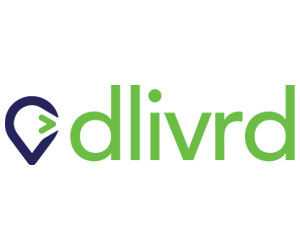 |

